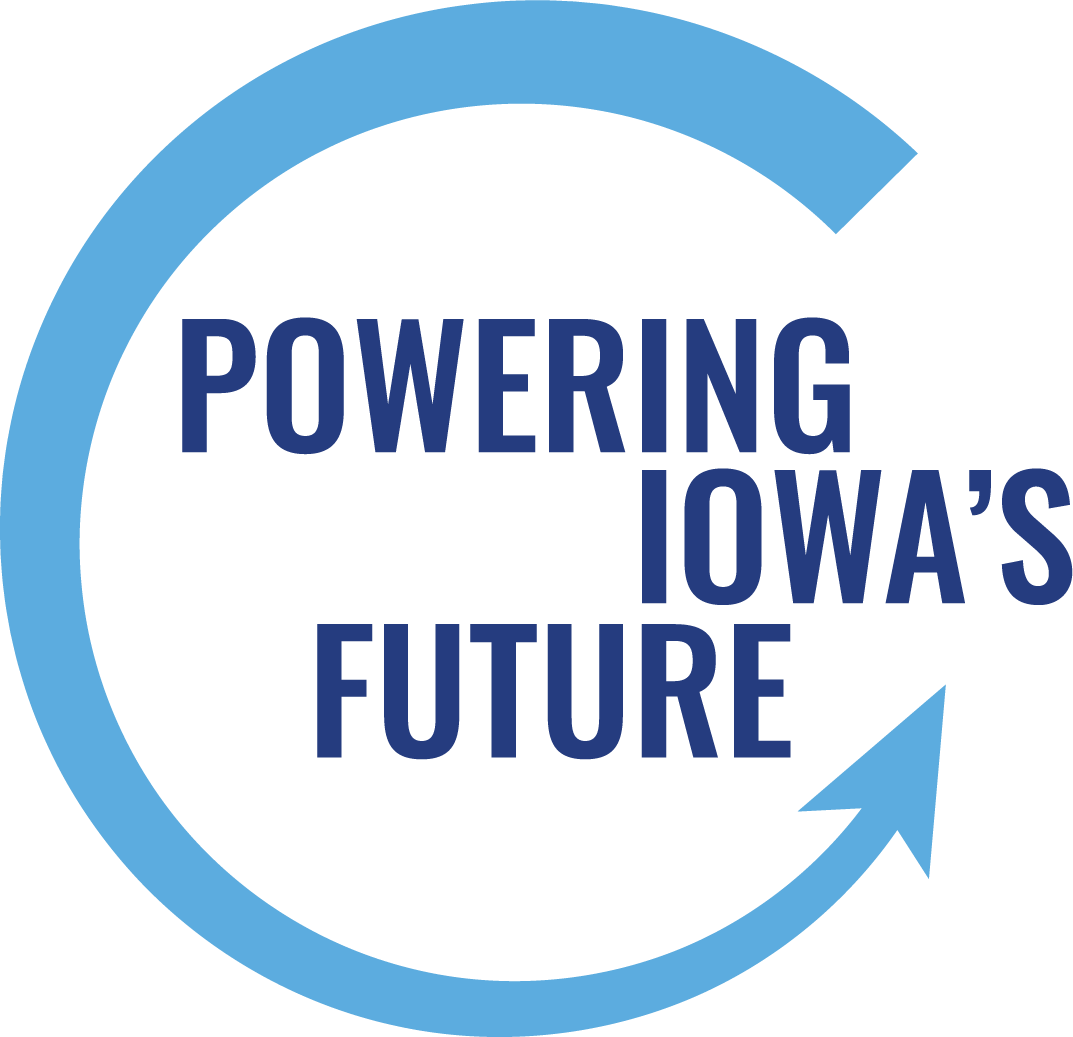
If you’ve thought of buying a new house, car or simply looked at your grocery receipt, you know that prices have increased in recent years. In fact, from 2000 to 2022, buying a house increased 172%. Purchasing a car increased by 290%. And the cost of everyday items like milk increased 47% and the cost of eggs increased 214%.
The question is why?
A variety of factors caused this trend, including inflation, challenges in sourcing products and disruptions to the supply chain, new regulatory requirements, and more.
Impact on Our Energy System
Our energy system is also being impacted by these trends, resulting in increases in energy rates and monthly electric and natural gas bills. Even as energy companies confronted these wide-ranging challenges, they continued to make necessary investments across the United States – critical to enhancing reliability, improving grid security, delivering a balanced energy mix and more. From 2000 to 2019, major energy companies invested more than $800 billion across the United States.
Unlike the purchase of a car or other consumer good (where the company determines the price), energy companies seeking to increase energy rates are subject to a lengthy and rigorous regulatory process where the public has multiple opportunities to participate. Here in Iowa, that process is overseen by the Iowa Utilities Board who review evidence, testimony, and more for approximately a year before determining whether a proposed increase is appropriate. All of this provides consumers and businesses with greater protections and a greater voice in the regulatory process associated with setting prices.


